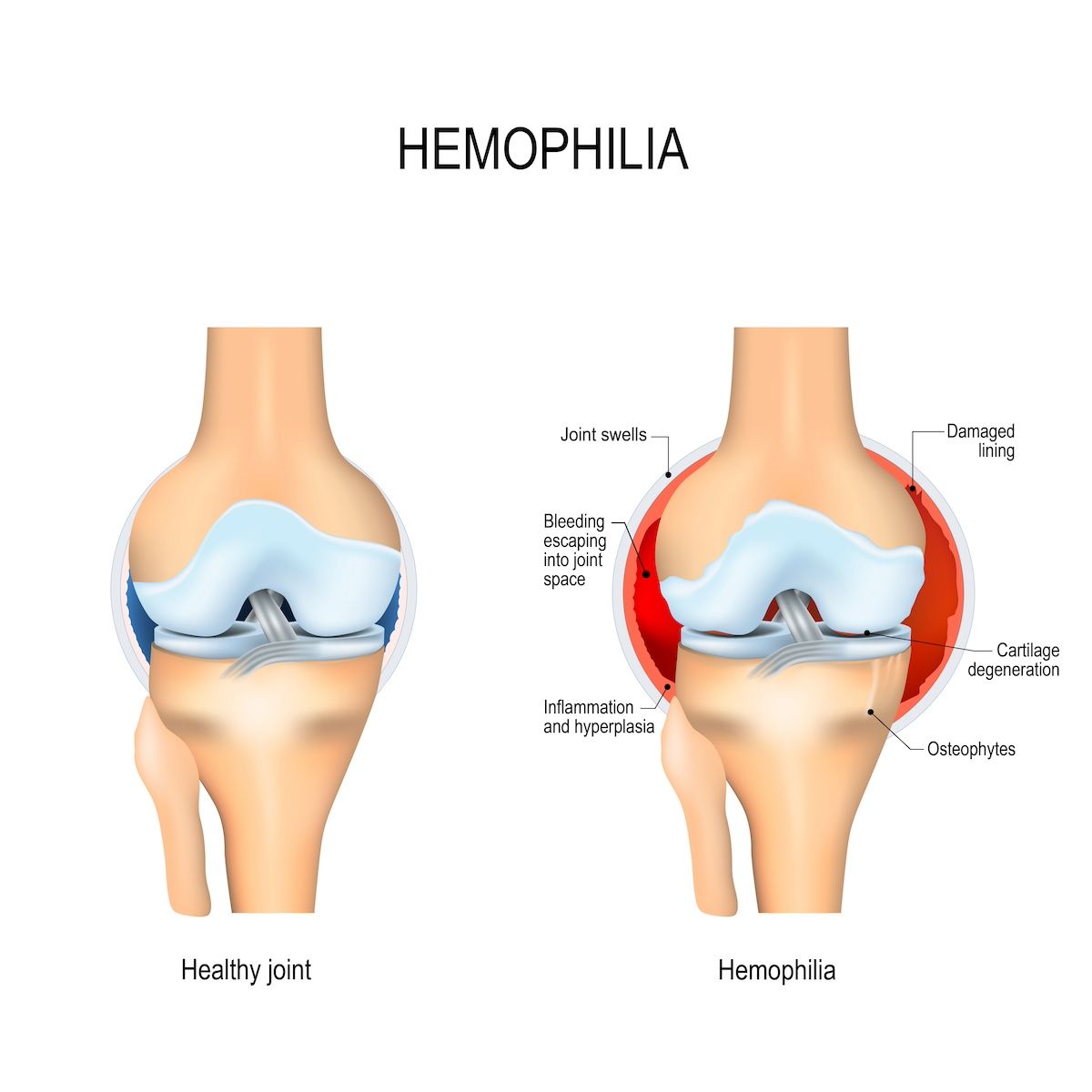- Center on Health Equity & Access
- Clinical
- Health Care Cost
- Health Care Delivery
- Insurance
- Policy
- Technology
- Value-Based Care
Males With Hemophilia A Report Physical, Mental Burdens of Disease Regardless of Severity
Self-reported data from adult and pediatric males with hemophilia A show that burden of the disease persists regardless of severity, highlighting a need for improved prophylactic treatment.
Despite more options to treat hemophilia A (HA), patients with the disease still face significant physical, social, and mental burdens associated with their disease, suggest survey findings of patients across Europe.
Self-reported data from adult and pediatric males with HA show that burden of the disease persists regardless of severity, highlighting a need for improved prophylactic treatment. These findings were published in TH Open.
“These observations may reflect the need for improved prophylactic treatment options and optimal administration of such treatments,” explained the researchers. “Our findings may be useful for defining new treatment strategies that decrease not only the physical burden, but also the social and mental burden of hemophilia for people in Europe.”
Data were pulled from 2 cross-sectional surveys—Cost of Haemophilia in Europe: a Socioeconomic Survey-II (CHESS II) and CHESS in the pediatric population (CHESS PAEDs)—across more than 1000 European patients with HA, revealing a significant prevalence of annualized bleeding rates (ABRs) and target joints. Having a high rate of ABR and target joints isassociated with risk of joint issues, including through the development of chronic synovitis and hemophilic arthropathy.
In this study, annualized bleed rates ranged from 2.38 to 4.88 | Image Credit: designua - stock.adobe.com

Adult patients included in the CHESS II survey were a median age of 38.7 years and completed the survey between 2019 and 2020. Patients in the CHESS PAEDs cohort were aged 1 to 17years and were surveyed between 2017 and 2018.
Overall, patients included in the 2 studies had an average annual rate of approximately 3 bleeds per year (CHESS II, mean 3.36; CHESS PAEDs, mean 3.62). Annualized rates ranged from 2.38 to 4.88 based on disease severity and treatment type. Similarly, the rate of target joints was numerically similar across disease severity and treatment type.
Overall, 35.7% of adult patients in CHESS II and 16.6% of the pediatric patients in CHESS PAEDs has at least 1 target joint. Adult patients were more likely to have problem joints than pediatric patients, and those with severe disease in CHESS II were more likely to have problem joints than those with moderate disease, suggesting cumulative joint damage throughout the course of disease.
“Surprisingly, in CHESS II, ABRs and numbers of target joints were similar regardless of treatment regimen, perhaps reflecting the implementation of prophylaxis in patients who are considered to have severe bleeding phenotype,” noted the researchers.“In CHESS PAEDs, target joints were present in similar proportions across subgroups; however, ABR values were higher in participants receiving other treatment versus prophylaxis, especially in the severe population, in line with clinical experience. These results indicate suboptimal administration of prophylactic treatment across PwHA in Europe, as optimal treatment aims to decrease ABRs and reduce numbers of target joints.”
Among adult patients from CHESS II, moderate or severe pain was more commonly reported among patients with severe disease compared with moderate disease (moderate pain, 31.3% vs 20.5%; severe pain, 10.1% vs 1.6%). Mild or no pain rates were similar across severity for these adult patients and pediatric patients from CHESS PAEDs.
Rates of depression and anxiety were similar across the adult and pediatric patients. Notably, rates were numerically higher among patients with moderate disease compared with those with more severe disease.
Quality of life, measured by the EuroQol EQ-5D- 5L questionnaire, was also assessed, with patients across both studies reporting a limited ability to participate in social activities or exercise. Patients also reported missing out on opportunities and expressed frustration over the impact of HA on their lifestyle.
Reference
Chowdary P, Ofori-Asenso R, Nissen F, et al. Disease burden, clinical outcomes, and quality of life in people with hemophilia A without inhibitors in Europe: analyses from CHESS II/CHESS PAEDs. TH Open. 2024;8(2):e181-e193. doi:10.1055/s-0044-1785524
